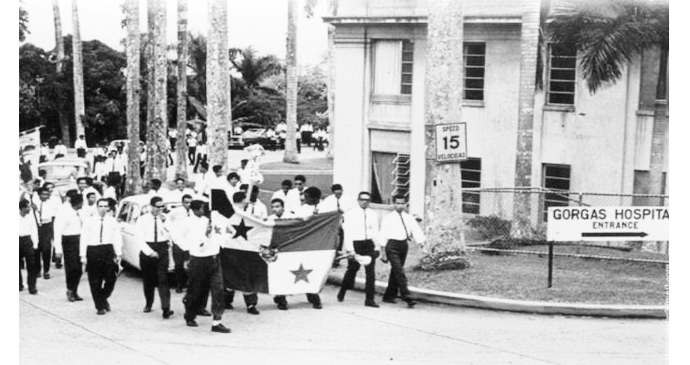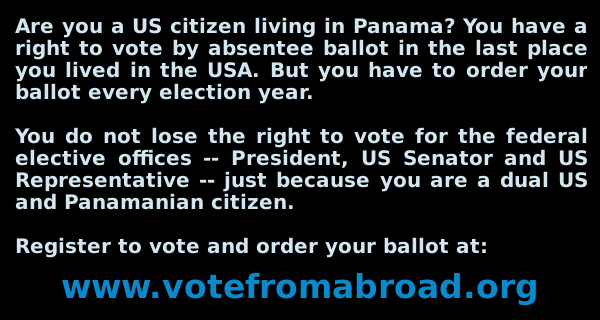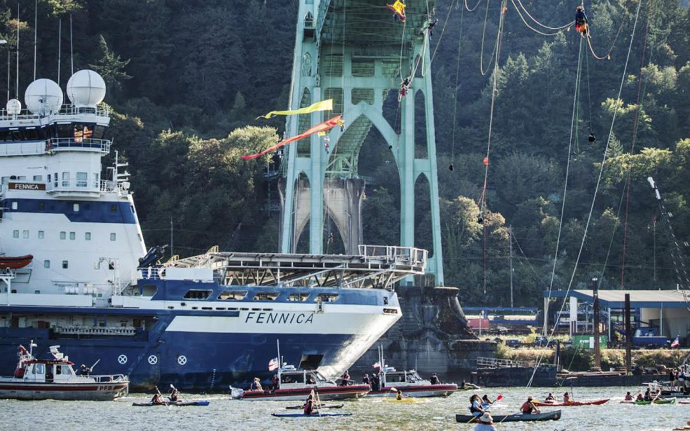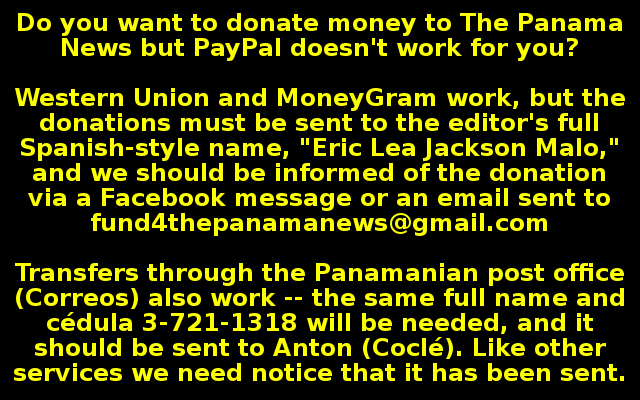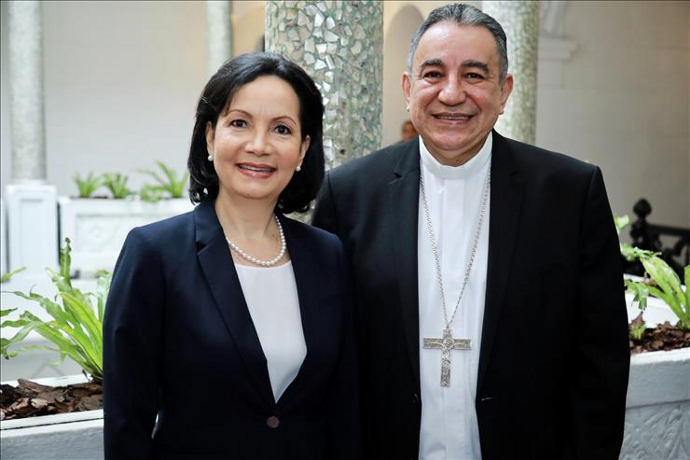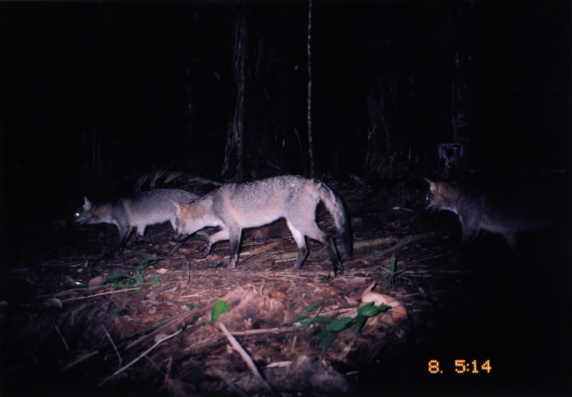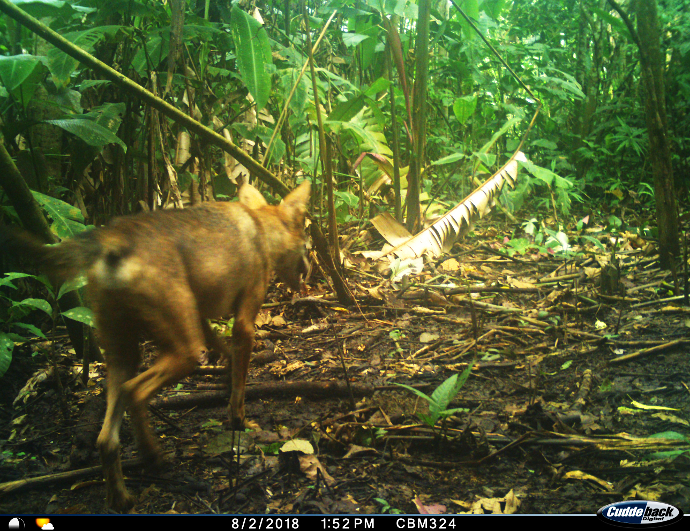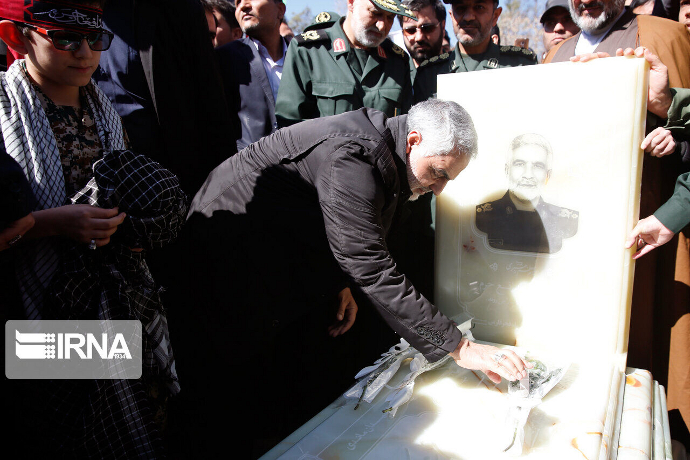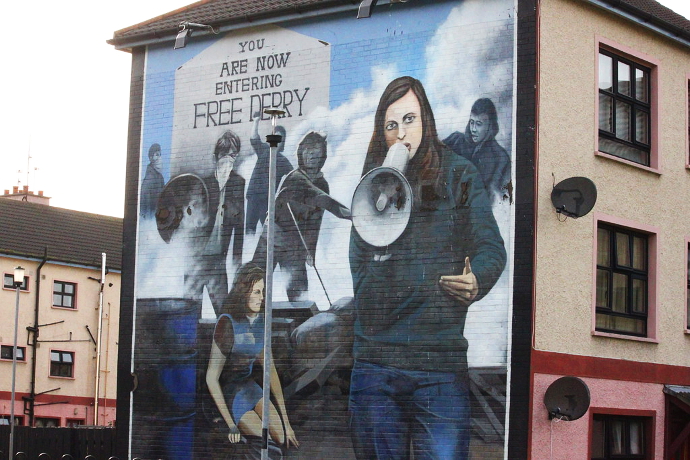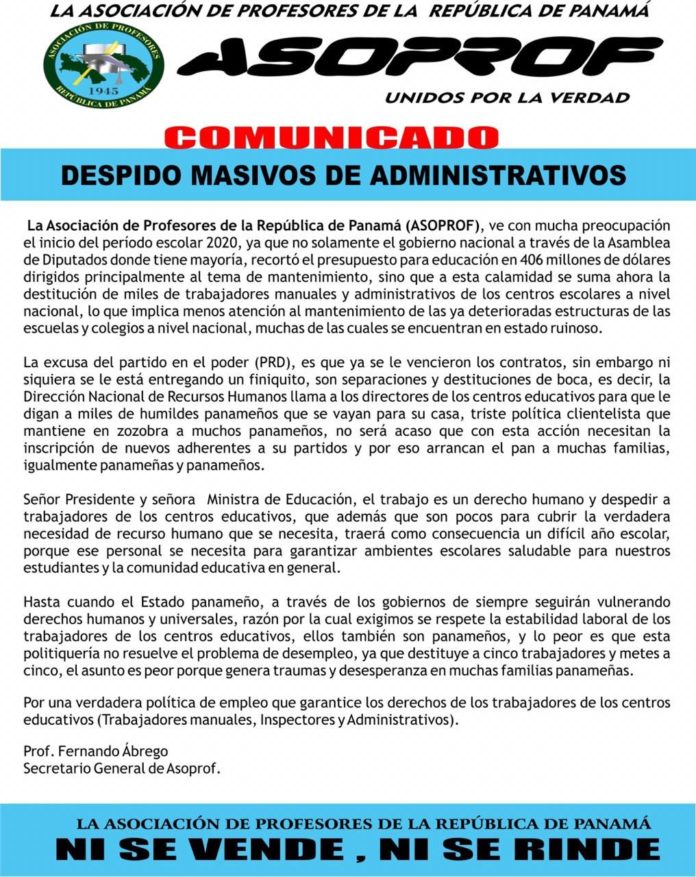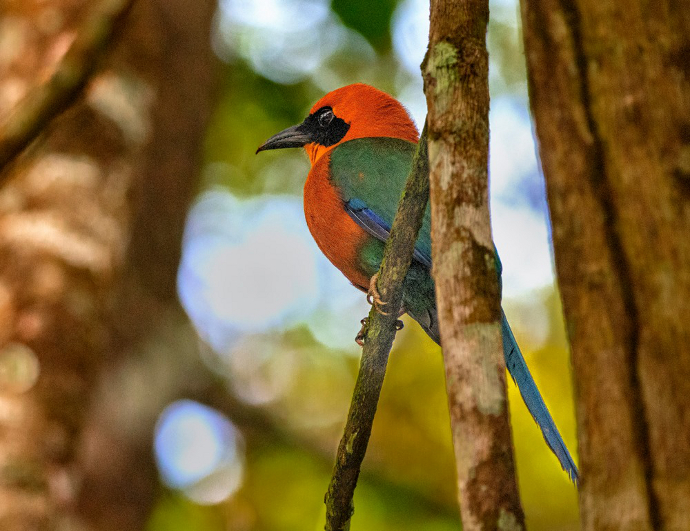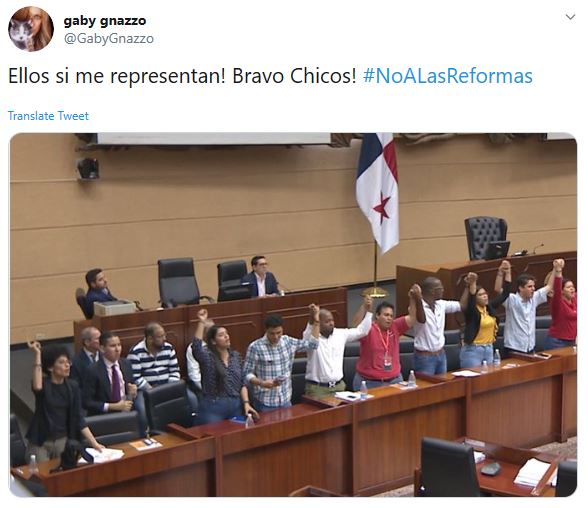The Day of The Martyrs,
at the end of the day
by Eric Jackson
It was actually several days, although the violence started on January 9 and that’s the day set aside to observe these events. And do we get into historiography? That was a breaking point, at which the end of the Canal Zone was irrevocably sure to happen. But there is a longer view in Panamanian history about the “generational struggle,” an anti-colonial movement that began with futile opposition to the Hay – Buneau-Varilla Treaty negotiated by a Frenchman with a conflict of interest.
The 1903 separation from Colombia was essentially a coup organized by the Panama Railroad Company, the Conservative Party on the isthmus with a few Liberals in name mostly participating and the military backing of the United States. The Conservatives owned the treaty and within a decade were moribund. They were gone by the early 1920s.
However, by the time that the Liberals were taking over the canal construction was about done, the massive wave of West Indian immigration and the US military bases were facts of life and Liberals were hiving off into factions with different ideas about what to do with this Republic of Panama and kicking the Americans out not being a priority with any of them. Outside of the Liberal paradigm there was a radical one that was crushed when US forces were called in to suppress the 1925 Panama City rent strike, and in that same year there was a bloody little race war that with US intervention and mediation established that the Guna lands and people would have a great deal of autonomy.
Liberal Rodolfo Chiari had called in the Americans to settle Panama’s problems in 1925. Another Liberal faction split off into the racist Accion Comunal movement, led by the Arias Madrid brothers. As the worldwide economic crisis deepened they made their coup move but were kept out of power by the Americans at first. They were, however, allowed to be elected and dominated Panamanian politics in the 1930s. And they had this notion that to balance US power, they’d cozy up to the rising European fascists in Italy, Germany and Spain.
Franklin D. Roosevelt was pulling in another direction with his Good Neighbor Policy toward Latin America. However, when Arnulfo Arias, one of Hitler’s friends, was president of Panama there were Lend/Lease shipments going through the Panama Canal from the West Coast of North America bound for Great Britain, and German U-boats lurking in the Caribbean right off of Colon. That was intolerable and Roosevelt orchestrated a coup to remove Arias. The social reforming Guardia officer that was part of that, and then power broker until his death, José A. Remón, brought bright young men from poor and middle class families into the officer corps and was as a practical matter the founder of a tradition that got its name from another later officer, one Omar Torrijos Herrera.
The United States turned the entire isthmus into a fortress, with new roads and gun emplacements ready to resist Axis landings that never happened. (One World War II road in particular, the Trans-Isthmian Highway linking Colon to Panama City, was to have profound demographic and economic importance.) And after the war was over Harry Truman wanted to make the US bases network permanent. The generational struggle resumed, with a new set of student activists and another generation of diplomats objecting to the proposed Filos-Hines Treaty that would establish those bases. Popular opinion was mobilized, Remón weighed in against the treaty and in December of 1947 it was rejected by the National Assembly. Truman never forgave Panamanian.
The next US president, however, was Dwight D. Eisenhower who had been stationed in the Canal Zone in the 1920s. He knew the various social strata of Panamanian society and the Canal Zone’s civilian population, including the black West Indian majority and the white minority that was often unfriendly toward soldiers. Having been the man behind the scenes for various coups d’etat, Remón got himself elected president and he and Eisenhower saw eye-to-eye. The agreement, which modified some of the terms of the 1903 treat in Panama’s favor, sought to end discrimination against West Indians and Panamanians in the Canal Zone – West Indians born in Panama having become citizens by way of the 1946 post-fascist constitution. It was looked at as a first step. Remón was assassinated before it could be signed by notwithstanding the ensuing confusion in Panama (the crime remains unsolved), the 1955 Remón-Eisenhower Treaty was ratified.
There came the Cuban Revolution and various would-be imitations, the buildup of the Canal Zone as a regional counter-insurgency bastion and John F. Kennedy’s double-edged policy of the Alliance for Progress and assassination plots. There were little expressions of the Cold War among Panamanians but the most common position was that for a growing commercial and transportation center that Panama was, communism was impractical and undesirable, but Castro holding out against all the US pressure was admirable. And meanwhile, Kennedy continued along the path of US relations with Panama that Eisenhower had begun. Just before his death he agreed that the Panamanian flag would fly next to the US flag in the Canal Zone.
Johnson, upon suddenly taking office, reviewed a lot of Kennedy policies, starting with the end of the Murder Incorporated operatio ns directed from the White House. He put the agreement about flags on hold while he and his team considered it, not renouncing the deal but ordering that American flags at schools, police stations, post offices and other civilian sites would not be flown during this review.
That lit the fuse for white Zonian flag-raising demonstrations and prompted a response from a new generation of Panamanians. The upshot was The Day of The Martyrs, several days of chaotic demonstrations in many parts of the isthmus, at the end of which 23 Panamanians and four Americans lay dead and bilateral relations were broken. It is said that the last straw that made President Roberto Chiari break diplomatic relations with Washington was a crowd blaming him and styling him as an American puppet – as in, he saw it as Americans on the isthmus were making him look bad to his own people.
The die was surely cast then. The Americans would be gradually leaving. It took several changes of government in each country, but on each side the basic approach of an end to the Canal Zone and the eventual closure of US military bases was pursued throughout. A former US Navy submarine skipper and a Panamanian general to reach the ultimate agreement via the 1977 Torrijos-Carter Treaties. Took another generation after that for their agreement to be implemented.
So what was significance of January 9, 1964? It was the culmination of a 60-year movement to end an American colonial enclave in Panama, and a turning point and special milestone in a 50-year process of devolving that colony to Panama. The vindication of the 1904 opponents of a treaty concocted behind Panama’s back, and a later and overlapping peace process started by two military men in the mid-50s. The day may be celebrated as the heroic sacrifice of some mostly young Panamanians, but more properly it should be seen at the climax of a national project for which members of several generations of Panamanians spent much of their lives’ efforts.
Unfinished business? You bet! But that’s another set of stories.
Contact us by email at fund4thepanamanews@gmail.com
To fend off hackers, organized trolls and other online vandalism, our website comments feature is switched off. Instead, come to our Facebook page to join in the discussion.
These links are interactive — click on the boxes

